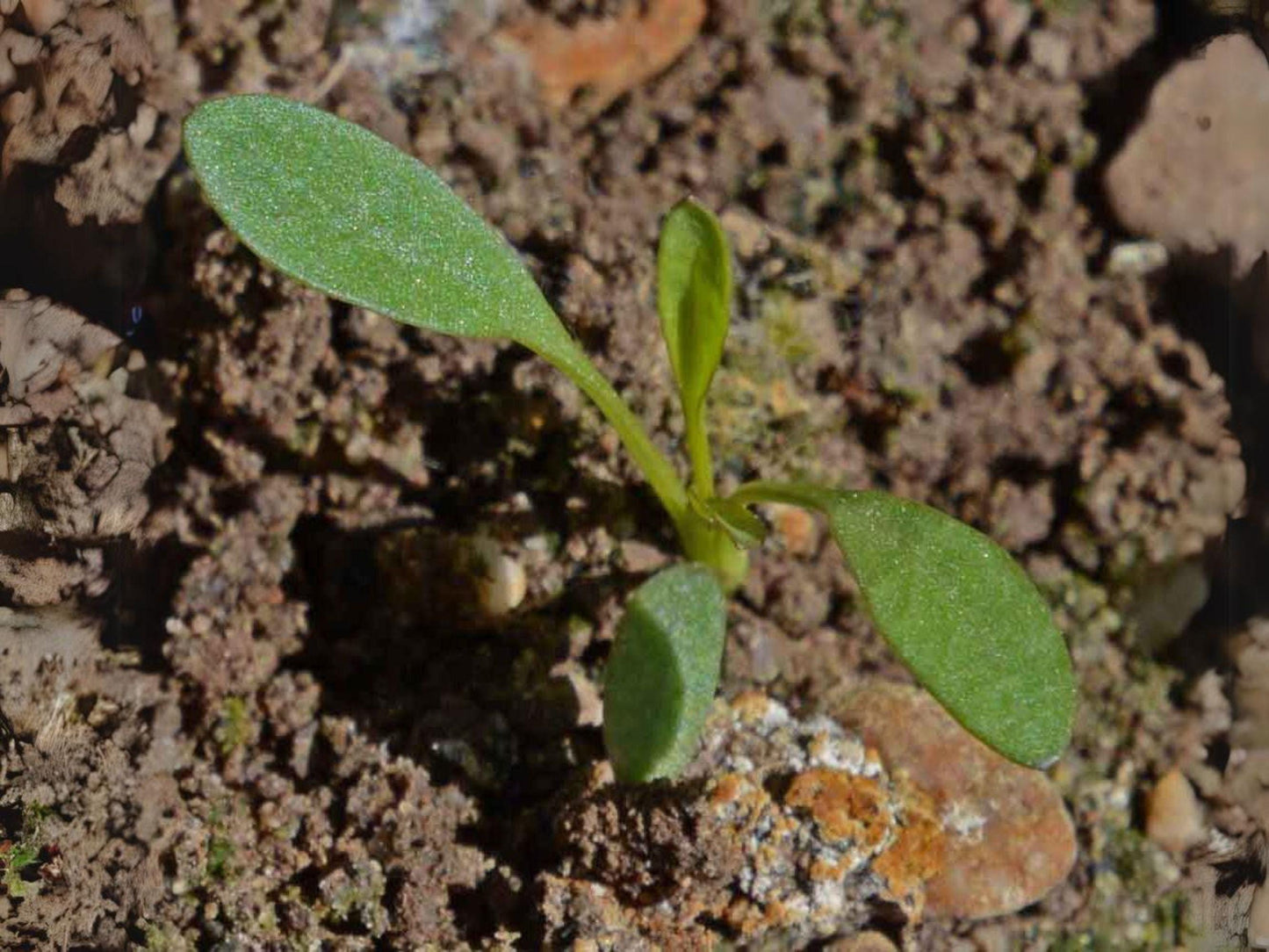Coreopsis flowers gently sway in the lightest breeze, appearing to almost float above the delicate foliage. Wildflowers, like this heirloom, are easy to grow and don't need special care, other than water, although moderately drought and heat tolerant, too. Butterflies and bees delight in the nectar, and songbirds seek out the seeds in fall and winter. Dwarf Plains Coreopsis is also known as tickseed. Often reseeds.
This plant's blazing brightness and heat-loving, drought tolerant growth has made it one of the most well known native wildflowers, as well as being a popular choice of beginning gardeners and master gardeners alike. Also known as Dye Flower, Native Americans once used its blossoms for making yellow and orange dyes. The flowers in this family have become especially well loved by the citizens of the state of Florida, who appointed Coreopsis as their official state wildflower in 1991.
• Grows up to 14 in. tall (35 cm) and 12-18 in. wide (30-45 cm). Freely self-seeds in optimum conditions.
• Prefers full sun but tolerates light shade and enjoys dry to medium moisture, well-drained soils. Thrives in poor, sandy or rocky soils and is somewhat drought tolerant.
• Easy to grow and relatively pest and disease free, this Coreopsis is a favorite of butterflies but is ignored by deer.
• Welcomed addition to borders, naturalized areas, and cottage gardens. Spectacular in mass plantings.
Seeds may be sown indoors 6-8 weeks before the last spring frost date. Set plants out after the last frost date. Seed may also be planted outdoors after the last frost date.
Latin Name: Coreopsis tinctoria
Other names:Goldenwave, Plains Coreopsis, Tickseed
Type: Native Wildflower
Species Origin: US Native Wildflower
Life Cycle: Annual
USDA Zones: 2 - 12
Exposure: Full Sun
Bloom Period: Blooms Early Summer, Blooms Late Summer
Color: Red, Yellow
Height: 14'' (35cm)
Spread: 1' - 2' (30cm - 60cm)
Spacing: 18" (50cm)
Maintenance: Low
Water Needs: Low
Soil Type: Chalk, Loam, Sand
Soil pH: Acid, Alkaline, Neutral
Soil Drainage: Well-Drained
Germination Ease: Stratify 4 Weeks
Stratification: Cold/Wet for 4 Weeks
Characteristics: Cut Flowers, Showy
Tolerance: Drought, Deer, Dry Soil, Rocky Soil
Attracts: Bees, Butterflies, Pollinators
Uses: Beds And Borders, Cut Flowers, Deer Resistant
Garden Styles: Informal and Cottage, Prairie and Meadow
~ planting ~
• Choose the right time:
Direct sow in late fall, planting the seed on surface of the soil and compacting it firmly. The seeds will germinate soon and overwinter as a small cluster of leaves, sending up a flowering stalk in the summer.
• Stratification:
For spring planting, mix the seed with moist sand and store it in the refrigerator for 30 days before direct sowing. Keep the soil evenly moist until germination, which should occur within 10-15 days. The treated seeds can also be started indoors 6-8 weeks before the last frost of spring; plant the seeds on the surface of a flat, keeping the moisture consistent and the temperature around 65 degrees F. Transplant seedlings.
~ growing ~
• Site Location:
This plant adapts to nearly any soil, including sandy or rocky areas; it is an excellent choice for borders, roadsides, or wildflower plantings.
• Watering:
Water the seedlings occasionally until they become established; mature plants prefer well drained soil, but appreciate occasional watering in dry weather. If given too much moisture or rich soil, the plants tend to flop and may need support.
• Deadheading:
If the blooming decreases midseason, cut the plant back by half for new growth and blooms. Regular deadheading also helps prolong the season of blooming. It will self-seed abundantly, though it does not become weedy and will decrease eventually without disturbance of the soil.
• Benefits:
This plant attracts butterflies and bees as well as resisting rabbits and deer.
~ harvesting ~
For long lasting fresh flowers, cut the stems long and place them in water immediately.
~ seed saving ~
Several weeks after the flowers have faded, the seed heads will turn dry and dark brown. Since these seeds are a favorite food of songbirds and rodents, harvest them promptly. Cut the heads from the plant and spread them out to dry completely. Break them apart to remove the seeds, and separate the seeds from the chaff. Store the seeds in a cool, dry place.



















